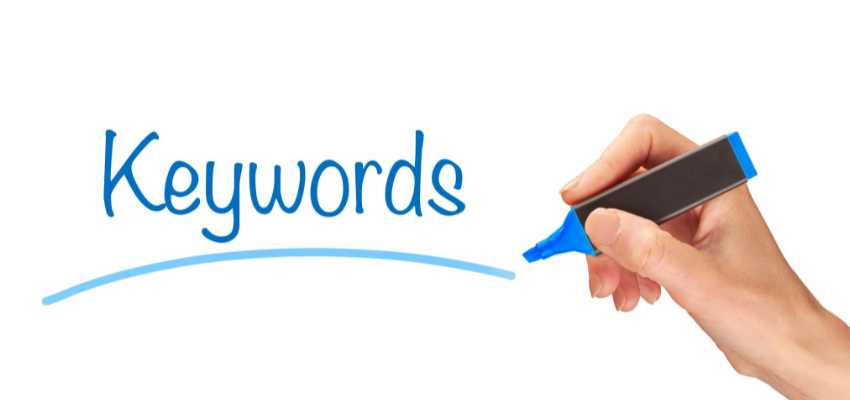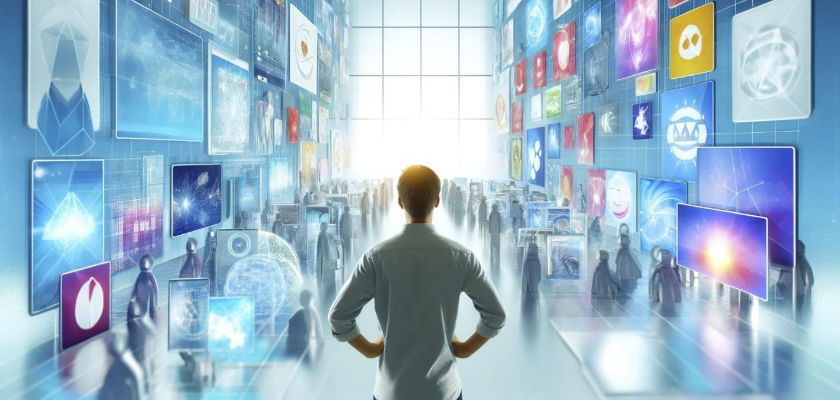Show:
Examples of Large Companies that Went Through a Digital Transformation
Apart from the countless avenues digitalization opens for large enterprises and their operations, a digital transformation is strewn with various challenges. For the following giants, the journey to the digital future was an eye-opening experience and a valuable lesson on how business is done today.

1. Intel
The world’s largest semiconductor manufacturer worked for years to join the Internet of Things (IoT). Once inside the self-developed cloud, they started solutions to companies from various sectors, from the automotive to the healthcare industry.
Apart from solving customers’ business problems, Intel made people’s lives easier. Their digital solutions helped increase farm outputs and boosted fuel efficiency worldwide. The company achieved all this by delegating more than a thousand employees 1,000 employees to forge the IoT strategy and start relevant initiatives.
2. Disney
There was hardly anything digital about the Walt Disney Company when it was founded in Los Angeles back in 1923. As their mass media empire grew, Disney launched visitors’ multicolored RFID wristbands in 2014.
This was their big leap forward in terms of enhancing the guests’ satisfaction. From paying for rides and soft drinks to hotel booking, the wristbands turned the average trip to Disneyland into a digital experience, both for visitors and the staff at Disney.
3. BMW
A household name around the world, the Bavarian automotive giant BMW jumped at the opportunity to digitalize its traditional business model. Risking auto sales figures, they launched a car-sharing service called DriveNow that allows drivers to rent cars (the BMWi, Mini, and Sixt lines) anyplace, anytime.
This high-mobility concept comes with a per-minute billing system and the cost of fuel and urban parking included. DriveNow is just one way BMW has been promoting mobility; electric cars are the other. They even offer all-electric SUVs, such as the iX3, turning driving into a digital pleasure.
4. Duolingo
At the beginning of the 21st century, personalized education is the main goal of both formal and informal education. As far as language learning is learned, Duolingo is among the top language-learning platforms. Launched in 2012, the mobile-based platform generates personalized lessons through machine learning.
The greatest advantage Duolingo has over similar apps is the gamification of its e-learning platform. From short lessons to completing daily goals, the benevolent green owl constantly stimulates users to learn more. Duolingo’s free service extends to schools as well, tackling the global literacy problem.
5. Glassdoor
One of the faster-growing recruiting websites, Glassdoor is aimed at sporting people find the right job by sharing experiences of others with particular companies. Peer-to-peer reviews allow prospective employees to find out more about the post they apply for, simultaneously influencing employers to improve their hiring policies.
The California-based startup commenced operations in 2007 and now has thousands of global companies in its portfolio. This database is their biggest asset, containing company reviews, salary grades, CEO approval ratings, common interview questions, etc. More than 30 million members make this recruiting platform is a testimony to the brand’s reliability and its digital “heritage.”
6. DHL
The age of the coronavirus has reshaped the delivery industry. The biggest impact of the pandemic was on the last-mile delivery segment of shipping that is DHL’s main focus since 2013. The Bonn-based mail service introduced a crowdsourcing platform called MyWays that connected shippers with people looking to make extra cash.
The platform helped start a digital revolution in last-mile delivery by including solopreneurs, a concept that was later picked up by other delivery services such as Amazon. MyWays transformed the shipping industry by solving the logistics problems major companies had with the final and perhaps the most important segment of delivery; one that involves direct interaction with customers.
7. Cohealo
Before Cohealo launched its B2B solution, collaborative consumption was virtually non-existent in the healthcare industry. Since 2012, the Boston startup enabled medical facilities to share medical equipment across institutions.
The biggest innovation Cohealo ushered in was applying the B2C on-demand business model to a predominantly B2B industry. Healthcare is an expensive trade, so optimizing spending helps both hospitals accelerate their cash flow and renders healthcare more widely available.
8. General Electric Company (GE)
Founded at the end of the 19th century, the American power conglomerate has had to go through several transformations over the years. The latest, digital transformation has to do with alternative power sources. One such project, the Digital Wind Farm pairs up turbines with a digital infrastructure to create a unique ecosystem based on modern technology.
The fusing of the wind energy industry with the Internet of Things cut costs for GE and increase energy efficiency to the delight of their consumers. The secret behind the success of wind farms is real-time analytics that enables power to be generated at peak efficiency.
9. LEGO
Another company that has been around for nearly a century is LEGO. In the decades prior to 2004, the famous Danish toy producer was nearing bankruptcy due to the inability to adapt to the new, digital trends.
Luckily, the management decided to restructure their business by generating revenue from mobile games, phone apps, and even shooting movies. The latest jewel of their decades-long digital transformation program is The LEGO Movie franchise, with the latest motion picture released as recently as 2019.
10. WeChat
When Tencent launched WeChat back in 2011, the instant text and voice messaging platform revolutionized the way Chinese communicated. Today, the app boasts over 600 million active users that enjoy various the segments of the apps.
The comprehensiveness of this digital com platform is its greatest advantage. From sharing media content, across messaging, and all the way to contactless payment, WeChat has become an integral part of everyday life for its users.
The 10 examples of large companies that went through a digital transformation are just the tip of the iceberg. Doing business in the global market requires every large enterprise to go digital.
Although mandatory, digitalization is foremost a process that takes time to complete.
However, through learning from the experience of others and overcoming one obstacle at a time, even small companies can successfully transform their business model.

 Return to Previous Page
Return to Previous Page








